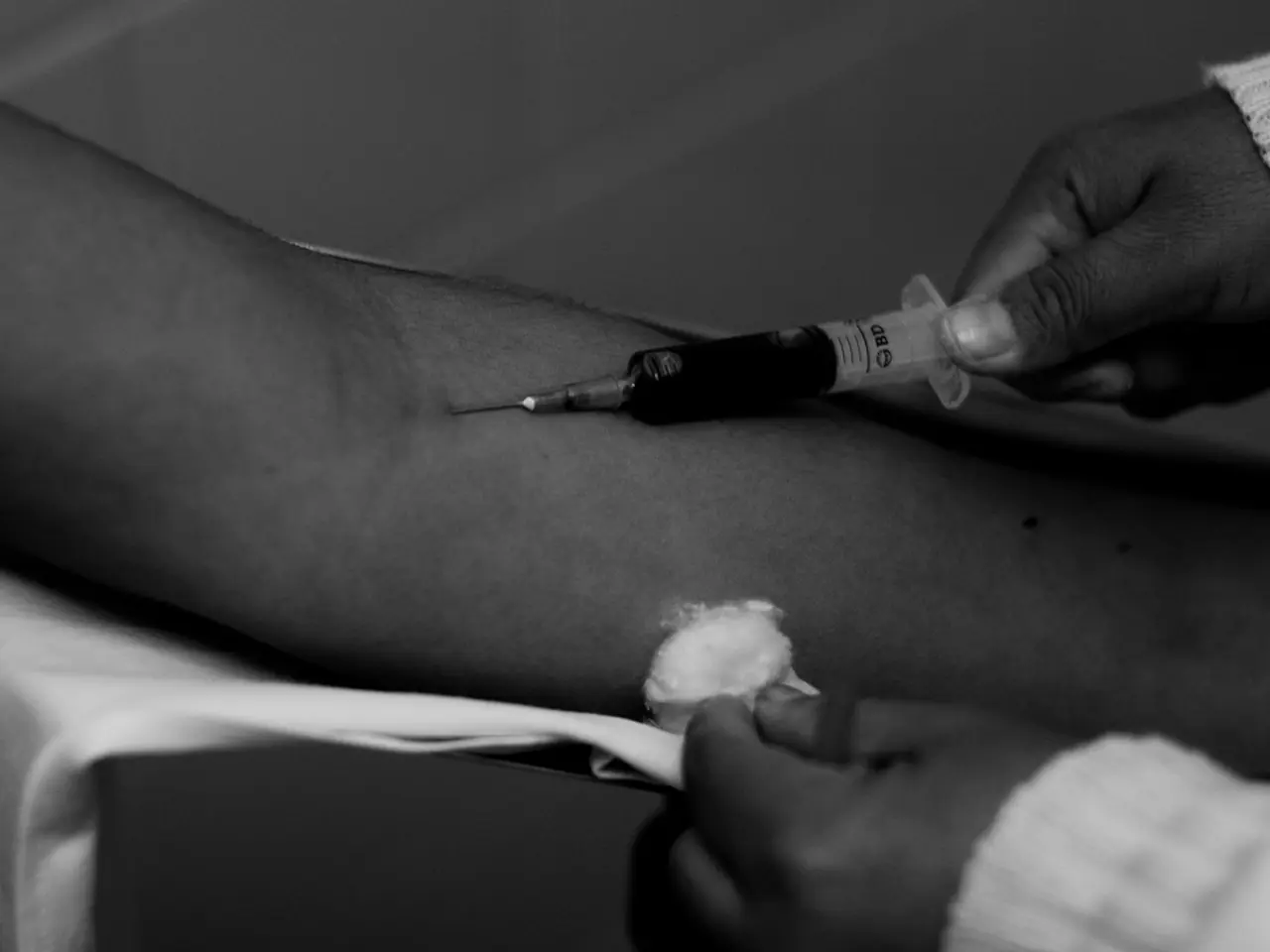Black patients face disparities in receiving life-saving kidney transplants
In the realm of health care, a pressing issue has come to light: racial disparities in live-donor kidney transplantation. A public health call to action is necessary to dismantle structural racism and rectify these disparities, not just in kidney transplantation, but more broadly in healthcare.
Recent studies have shown that living in racially and ethnically segregated neighborhoods is associated with worse outcomes after the kidney transplant procedure. This is particularly true for Black individuals, who have an almost four times higher rate of end-stage kidney disease compared to White individuals.
One such individual is Marc Thompson, who underwent dialysis treatments three times a week due to end-stage kidney disease. However, his story takes a hopeful turn when his cousin, Macey Levan, volunteered to donate a kidney to him in 2008.
Macey's career has been dedicated to improving access to kidney transplants from live donors for marginalized groups and reducing barriers to donation. She is currently the Vice President for Patient and Donor Affairs at the National Kidney Foundation (NKF), where she has implemented initiatives such as patient education programs, community outreach to increase awareness and donor registration in underserved populations, and policy advocacy to reduce barriers to kidney transplantation for marginalized groups.
The NKF's efforts are crucial, as the rate of live-donor kidney transplantation for Black individuals is more than four times lower than for White individuals. This disparity is exacerbated by the fact that family members of Black patients are more likely to suffer from end-stage kidney disease, making them less available for kidney donation.
In addition, residential segregation is a significant barrier to live-donor kidney transplantation for Black patients. Black candidates living in highly segregated neighborhoods have a 10% lower access rate. To address this, the public health system must develop national and local policies that invest in residential neighborhoods and provide national funding for medical centers in resource-poor and segregated neighborhoods.
Moreover, living kidney donors in the United States may face out-of-pocket expenses of up to $17,000, which can be a barrier for donors from resource-poor neighborhoods. To alleviate this burden, New York state passed a law in 2023 providing direct reimbursement of up to $10,000 to living organ donors for expenses associated with organ donation not covered by insurance.
Health equity in live-donor kidney transplantation should be a priority, aiming to provide equal access for Black individuals like Marc, who suffer disproportionately from end-stage kidney disease. The public health and clinical communities must study the mechanisms linking segregation to poor access to healthcare and identify interventions that improve access to healthcare for minoritized groups.
Marc's story serves as a testament to the importance of addressing these disparities. After receiving Macey's kidney, he was able to continue his passion as a journalist and thrive. It is our responsibility to ensure that more stories like Marc's can be written, and that every individual has equal access to life-saving kidney transplants.
Read also:
- Nightly sweat episodes linked to GERD: Crucial insights explained
- Antitussives: List of Examples, Functions, Adverse Reactions, and Additional Details
- Asthma Diagnosis: Exploring FeNO Tests and Related Treatments
- Unfortunate Financial Disarray for a Family from California After an Expensive Emergency Room Visit with Their Burned Infant








